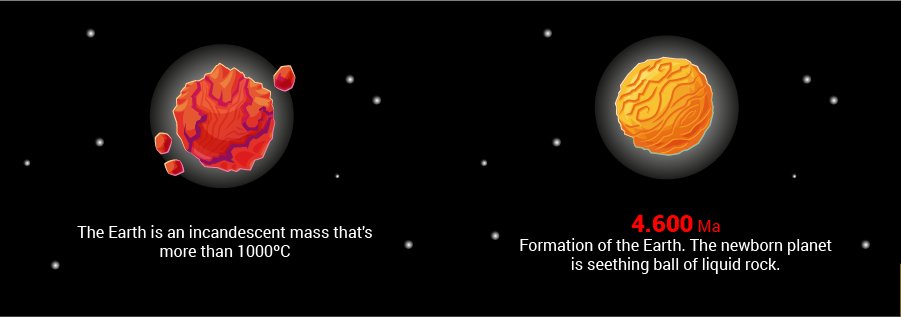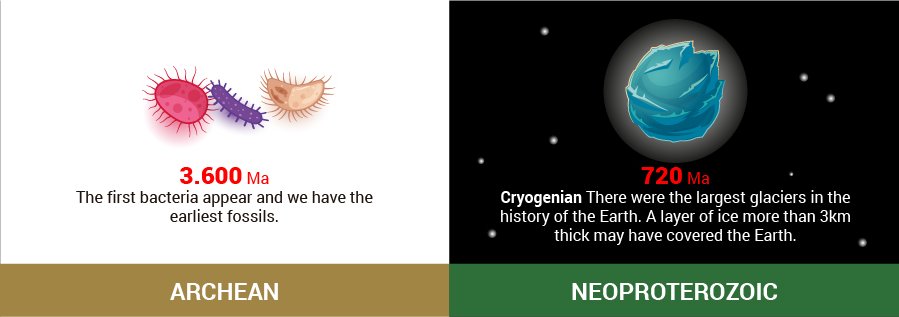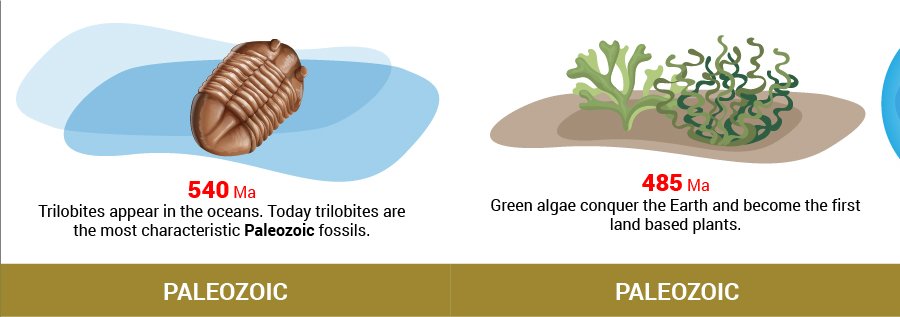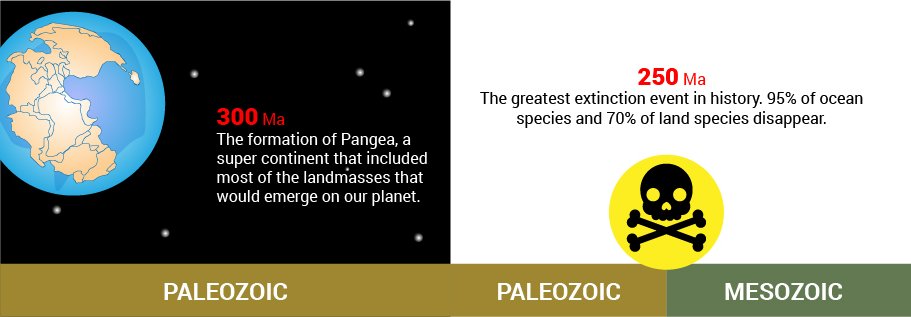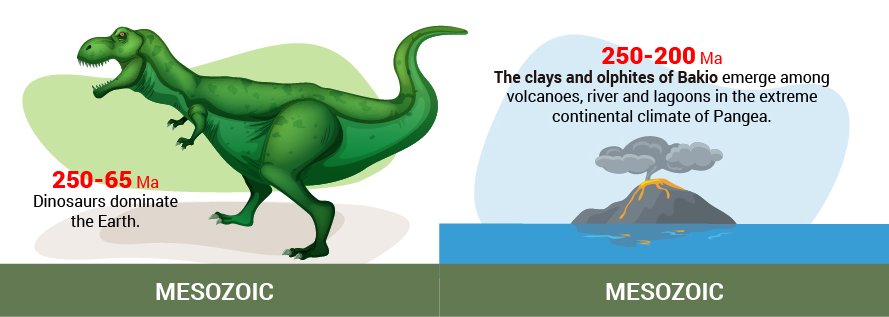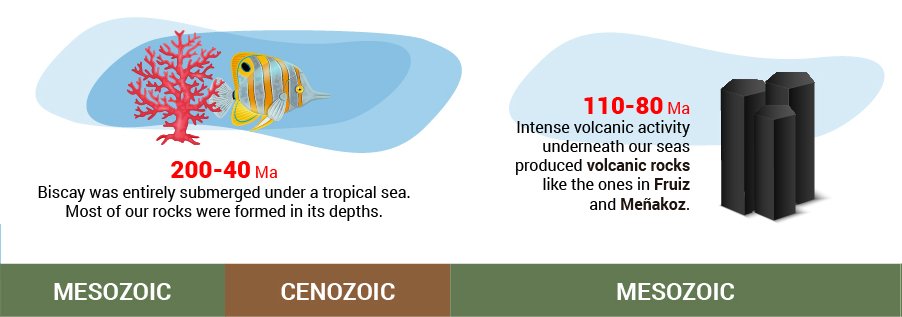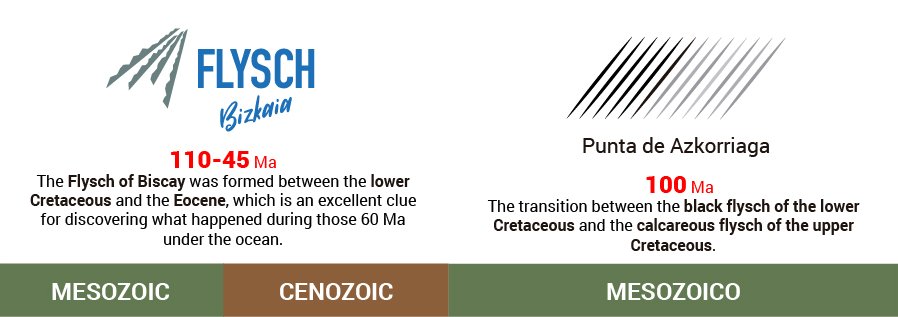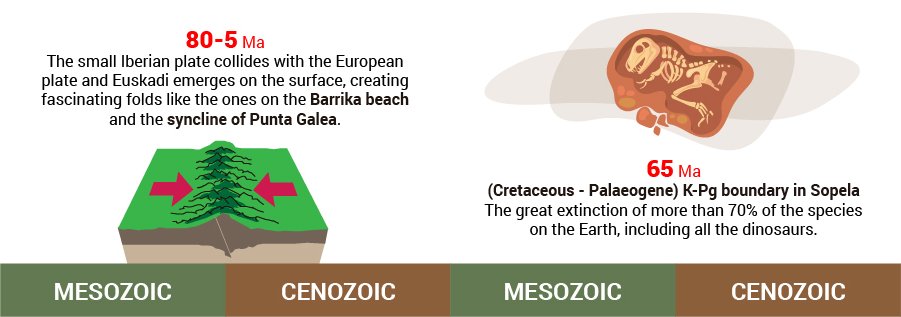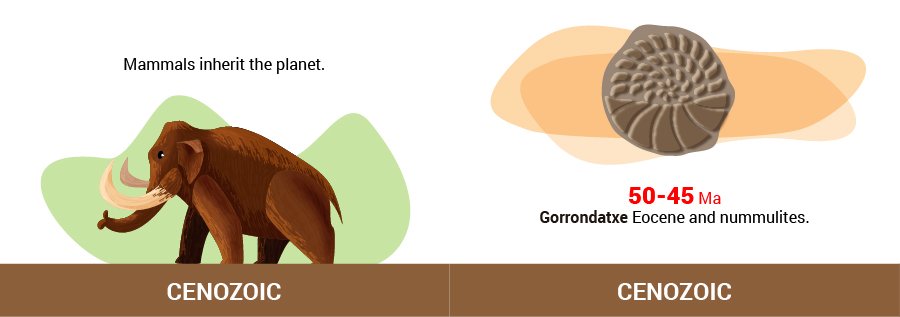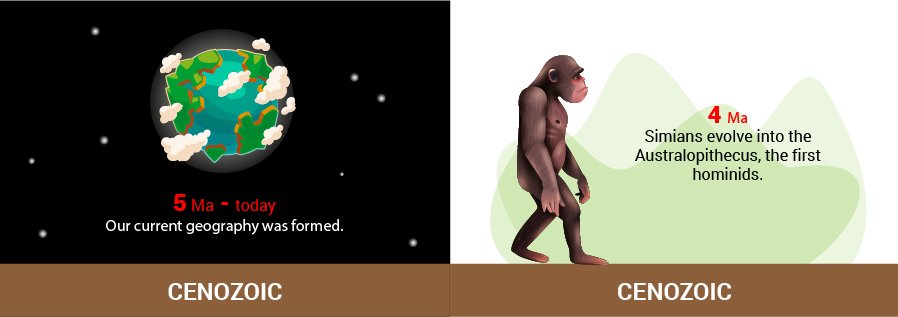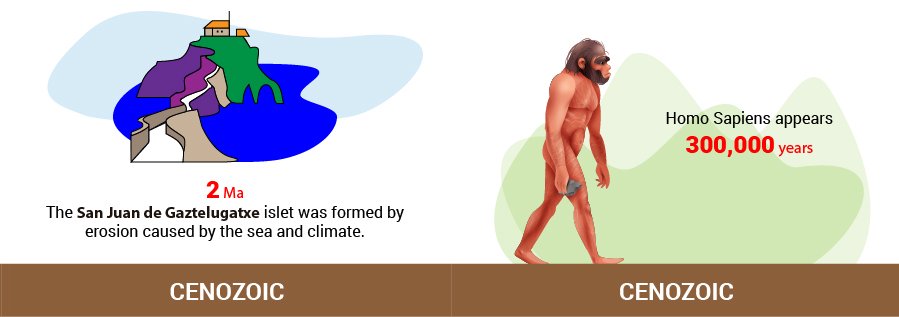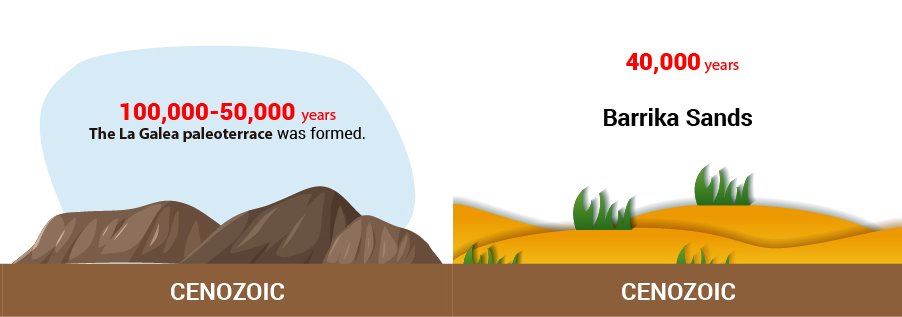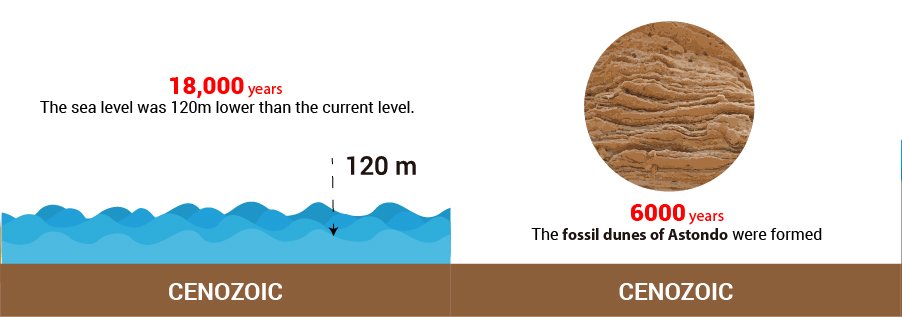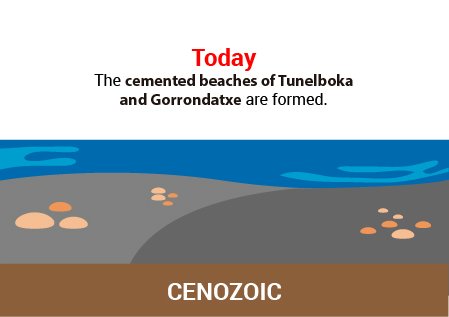UNDER THE SEA
Although it may be hard to believe, around approximately 200 million years ago, all of Biscay was submerged in a tropical sea where today you can see am impressive peak, which may have once been a coral reef. For that reason, it's not surprising that marine fossils can be found in our mountains.
The rocks around us speak. And they can tell us many things about what happened in the past. But it was about 375 years ago, so you have to speak their language. Consequently, geologists are the people who understand the language of rocks best.
Furthermore, the rocks are like jewellery boxes that hold minerals and fossils, the latter of which are very important for understanding the evolution of life and our planet.
On this website, we're going to set out on an engaging trip though the Flysch of Biscay, an abundant encyclopaedia of our environment that, page by page, fold by fold, reveals key moments of past times of the Earth. One of the chapters contains a geological marvel that is recognised around the world, which is the Eocene stratotype of Gorrondatxe, one of the best places in the world for experts to study the Lutetian stage.
Explore the Flysch of Biscay with us and discover all the secrets it holds, twisted folds, volcanic rocks and materials that are more than 200 million years old. Are you up for it?
GEOLOGICAL TIMELINE
